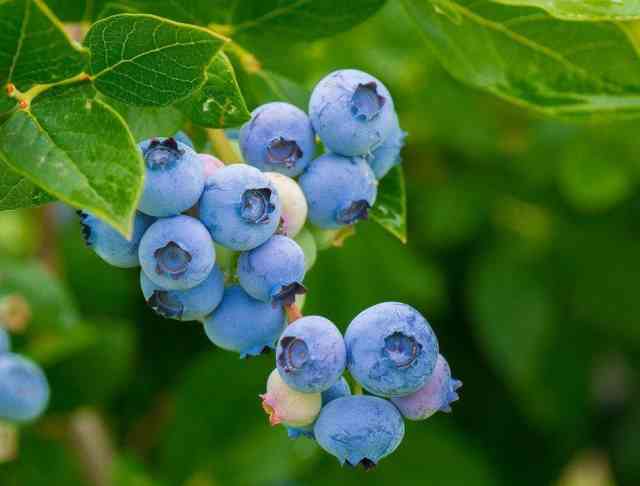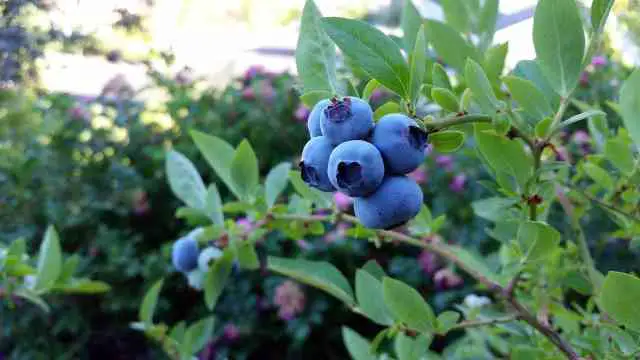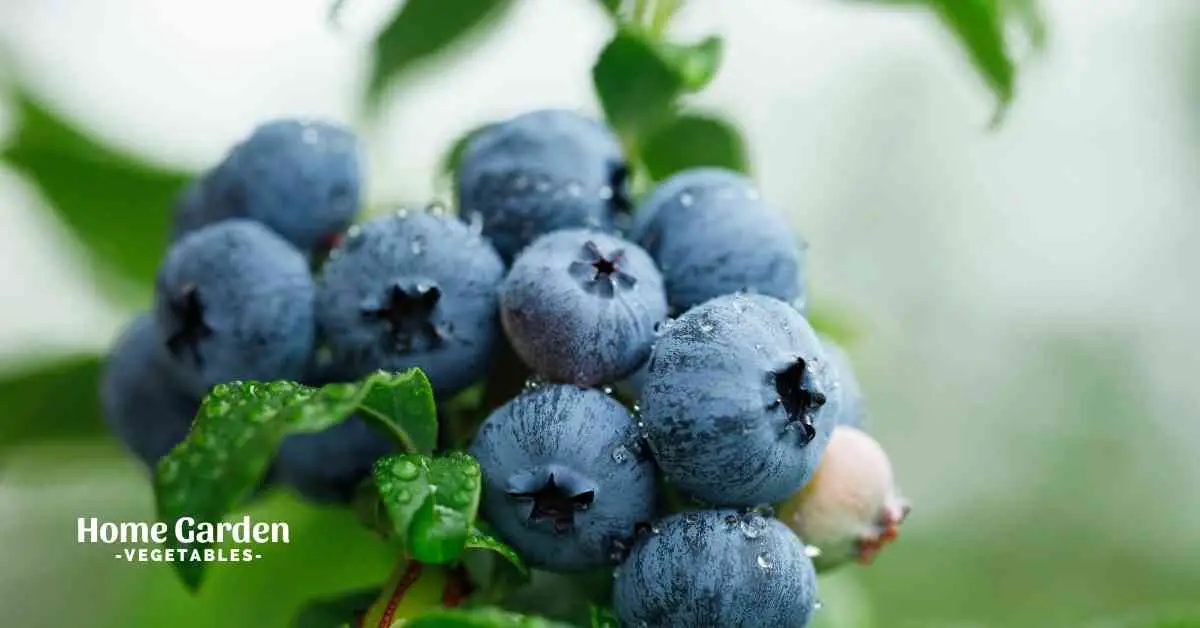Lowbush blueberries are easy to grow, full of flavor, and packed with antioxidants for a nutritious, sweet burst in every bite. As the name suggests, the bushes grow low to the ground, growing under 1 ½ foot at full maturity. If you’re looking for a good lowbush variety for your garden, take a look at the list of lowbush blueberries below.
Lowbush blueberries (Vaccinium angustifolium) are blueberry species that grow wild in colder regions, including eastern and central Canada and the northeastern US. It is often called wild blueberry, though you can also grow them in home gardens. In fact, lowbush blueberries are sweeter than most highbush varieties and hardier in colder regions. Most lowbush blueberries are well adapted to growing in USDA zones 3 through 6, while some can even grow in zone 2.
Reader Poll: What online courses would interest you?

List of Top 8 Lowbush Blueberries To Plant In Your Garden
The most popular lowbush blueberries grown in home gardens include:
1. Top Hat
Vaccinium ‘Top Hat’ is a lowbush blueberry variety that grows into a dwarf deciduous shrub perfect for growing in pots. The bush grows to 24 to 30 inches tall and extends up to 24 inches in width. Several bunches of white flowers appear on the shrubs in late spring, giving way to clusters of small, firm blueberries by early to mid-summer.
Subscribe to our newsletter!
Though the fruit is small, it’s sweeter than most store-bought blueberries. You can eat them fresh or preserve them in the form of sauce or jam. Though the variety is self-pollinating, growing more than one can help achieve a bigger and better yield.
2. Ruby Carpet
VACCINIUM angustifolium ‘Ruby Carpet’ is a lowbush blueberry native to Maine that grows into low-spreading plants with stems no longer than 4 to 6 inches. The foliage is deep green in summers but turns a beautiful red in autumn, forming a ‘red carpet’ true to its name. Showy white flowers appear around early summer, which eventually give way to small, sweet berries.
Owing to its low-spreading growing habit, beautiful colors throughout the year and relatively drought-tolerant nature, it’s often grown as ground cover. Ruby carpet grows vigorously, is resistant to several diseases, and grows well in growing zones 3 to 7.
3. Northblue
Vaccinium ‘Northblue’ is a cross between a wild lowbush and a commercial highbush blueberry variety. It’s a hardy and a very productive cultivar that produces larger blueberries than the usual wild varieties. Once established, the plant is very drought tolerant.
The bushes grow to about 2 feet tall, and the berries ripen around mid-July, yielding around 2kg from each mature plant. The berries are large, dark blue, and very sweet, with no tartness once fully ripe. Northblue makes a great outdoor plant for USDA zones 5 to 7 but will also grow in zones 3 and 4.
4. Polaris
A cross between highbush and lowbush blueberry varieties, Polaris has a low-growing habit and cold-hardiness as that of lowbush varieties but gives large berries similar to highbush cultivars. It is, in fact, best categorized under half-high blueberries.
The plant is compact, growing to a mature height of 3 feet with some spreading and is very productive. The bushes will come to harvest in early mid-season, producing light-blue, firm, sweet blueberries. The fruit has a slight acidity to enhance the taste even more. They’re great for eating fresh and incorporating into pies, muffins, or jams.
5. Northcountry
Northcountry blueberries are lowbush hybrids that bring the same classic sweetness of wild blueberries and make an attractive addition to any landscape. The bushes are loaded with white flowers in spring, turning into small to medium-sized blueberries by summer. The cultivar ripens in early mid-season, anywhere between late June to early July.
Northcountry Blueberry bushes grow to about 2 to 3 feet tall with a comparable spread and are hardy to zones 3 to 7. The compact size of the plant also makes it suitable for container growing. Though the cultivar is self-pollinating, gardeners often plant it with Northblue to produce a larger crop for both varieties.
6. Cumberland
Cumberland lowbush blueberries are noted for their high-quality, large, sweet fruits, great for eating fresh or frozen. The cultivar produces well in several areas of eastern Canada. The bush grows up to a foot high with medium-green foliage in spring and summers. White flowers come up in spring, giving way to berries that mature uniformly by early mid-season.

The variety is self-incompatible but is cross-compatible with several other varieties, including Fundy. Gardeners recommend planting at least three different types of cultivars to produce a substantial yield.
7. Sour Top
Vaccinium myrtilloides is a deciduous low-spreading shrub that is known by several names, including Sour Top blueberry, Canadian blueberry, velvetleaf blueberry, and common blueberry. It grows wild in many parts of North America and is also grown commercially in Canada and Maine. It produces one of the sweetest blueberries that also attracts birds, deer, and black bears besides human consumption.
8. Burgundy
Vaccinium angustifolium ‘Burgundy’ is a popular ground cover with the added attraction of sweet-tasting blueberries that ripen in summers. The berries that ripen in mid-season have the same great taste as that of wild blueberries and are great for eating fresh, baking, or freezing. The new foliage is burgundy red that gradually turns into gray-green as it gets older. The fall color is a beautiful orange-red, making sure the bush stays attractive all year round.
Conclusion
Now that you have quite a number of lowbush blueberries to choose from, pick something that will adapt well to your climate and growing space. Other than the sweet, juicy fruits they bear, lowbush blueberries make the perfect ground cover and landscaping plant that holds interest all year round.

